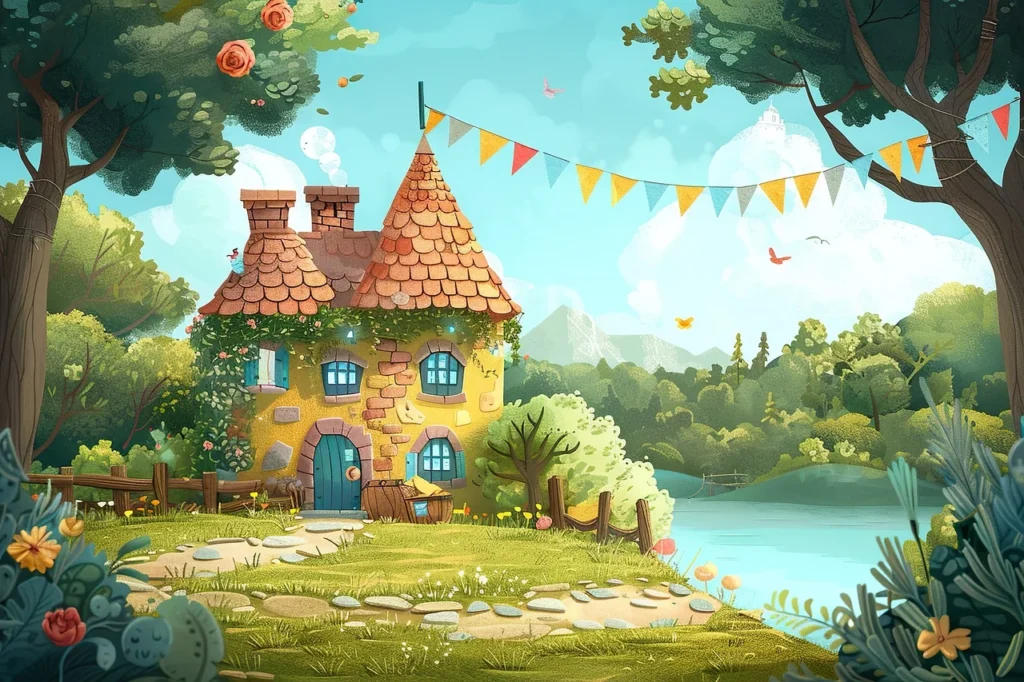Introduction
Mamgatoto is an intriguing concept that has evolved in various forms, blending cultural traditions with modern online phenomena. While it has its roots in deeply significant cultural practices, it has also gained traction as a notable subculture in online communities. In this article, we will explore the dual nature of Mamgatoto, its historical and cultural significance, and how it has recently transitioned into a digital-age sensation.
1. The Cultural Roots of Mamgatoto
At its origin, Mamga refers to a rich cultural heritage tied to community traditions, especially within certain indigenous groups. Historically, it plays a critical role in storytelling, agriculture, and spiritual ceremonies. The Mamga people have long used rituals and seasonal festivals to honor the cycles of nature, seeking blessings for harvests and celebrating the interconnectedness of their community with the natural world.
Storytelling is also central to Mamgatoto traditions, with elders passing down wisdom and values through legends that reinforce a deep sense of identity. Art and craftsmanship are highly regarded in this culture, where every handmade object carries its own narrative, blending functionality with artistic expressions.
2. Mamgatoto in the Digital Age: A Growing Online Community
In recent years, Mamgatoto has taken on a new life in the digital realm, evolving into a vibrant subculture. Online, it is characterized by playful, often cryptic language, memes, and community-driven interactions. This version of Mamgatoto thrives in forums and social media platforms, where users engage in conversations filled with humor, inside jokes, and a sense of collective belonging.
The term has grown to symbolize an entire movement of creativity and connectivity, with individuals participating in challenges, contests, and even using Mamgatoto as a tool for stress relief and social bonding. For brands, the phenomenon has become a valuable marketing tool, enabling them to tap into niche but loyal communities by embracing Mamgatoto-inspired content.
3. The Cultural Importance of Mamga Traditions

In its traditional sense, Mamgatoto is deeply intertwined with community and spirituality. Agricultural festivals are key moments of celebration, where rituals are performed to honor the earth’s fertility and to foster unity among families. Music, dance, and art accompany these rituals, reflecting the joy and gratitude of the community towards nature.
Spirituality in Mamgatoto also involves respecting the environment as sacred. Ceremonies often include blessings for natural elements, like water or land, which are believed to offer protection from misfortune or ensure the success of the harvest.
4. The Impact of Modern Society on Mamga Culture
As with many traditional cultures, Mamgatoto faces challenges from modernity. Urbanization and globalization have brought changes to the community, with younger generations increasingly exposed to outside influences. Education and technology have offered new opportunities but have also led to concerns about the dilution of traditional practices.
Despite these challenges, efforts are being made to preserve the cultural essence of Mamgatoto. Local leaders are working to integrate traditional values into modern education systems and community events. This helps keep the connection to their heritage alive, even as society around them transforms.
5. Mamga in Tourism and Global Awareness
Mamgatoto has also emerged as a point of interest in tourism, drawing visitors to explore its unique cultural traditions. The region associated with Mamgatoto boasts beautiful landscapes and vibrant local markets, offering tourists a chance to experience the culture firsthand. From traditional craft markets to agricultural festivals, the immersive experience allows outsiders to connect with the history and significance of Mamgatoto.
Eco-tourism, in particular, has become a key attraction, as visitors are drawn to the region’s environmental beauty and the sustainability practices linked to Mamgatoto’s spiritual beliefs. Cultural festivals that showcase local music, dance, and crafts offer tourists an authentic glimpse into the lives of the Mamgatoto people.
6. Preserving Mamga Heritage in a Modern World
Maintaining the delicate balance between tradition and modernity is one of the greatest challenges for the Mamgatoto community. With increasing globalization and economic pressures, many traditional practices face the risk of fading away. However, cultural advocates are stepping up to address these issues, implementing community programs aimed at educating younger generations about the importance of their heritage.
Environmental threats also loom large, as climate change and development projects threaten sacred natural sites essential to Mamgatoto rituals. Conservation efforts are underway, but they require greater resources and support to ensure long-term sustainability.
7. The Future: Blending Tradition with Innovation
Looking ahead, the future of Mamg remains hopeful. As the community continues to navigate the complexities of modern life, it is clear that the values of connection to nature, storytelling, and spiritual reflection will persist. Whether through educational initiatives or by embracing modern platforms to keep their stories alive, the Mamgatoto people are determined to adapt while preserving the heart of their traditions.
In the online world, the Mamga phenomenon will likely continue to grow as new generations discover and contribute to this vibrant subculture. Its ability to create bonds between people through humor, creativity, and shared experiences ensures its relevance in both digital and real-world settings.
Conclusion
Mamga stands as a fascinating example of how cultural heritage can both endure and evolve. Its roots in agricultural and spiritual practices have shaped the identity of its people for generations, while its adaptation in the digital world shows how communities can thrive in unexpected ways. Whether through traditional rituals or memes, Mamgatoto continues to inspire connection, creativity, and resilience in an ever-changing world.
